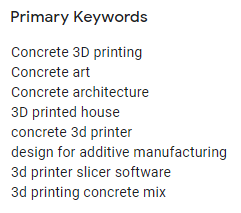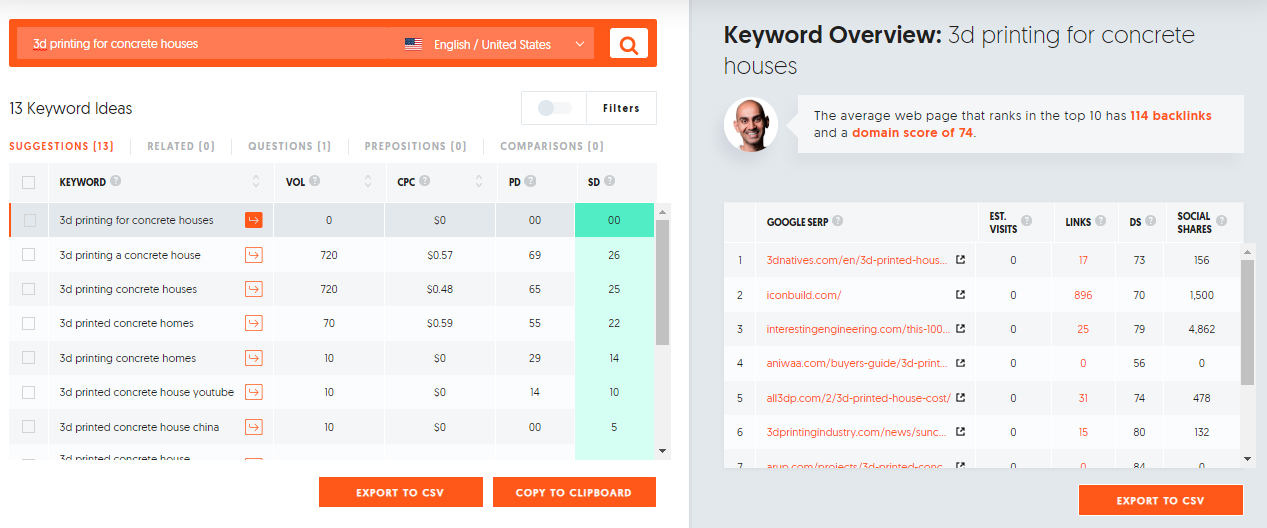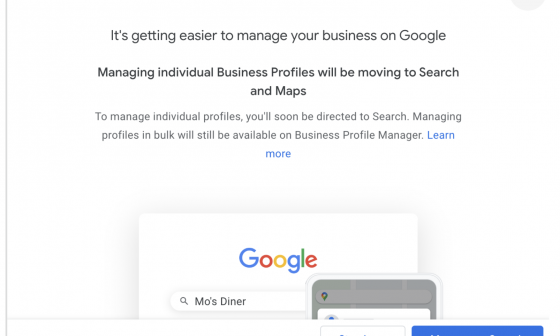How to Do Keyword Research For Your Content
The biggest mistake I see Content Marketers make is not spending enough time doing keyword research for their content. These are usually people who write phenomenal content, however, when looking at how their content performs, I’ve noticed a few missed opportunities. You wonder if they could have 3x-d their traffic for their post had they optimized for “low-cost marketing ideas” instead of “small business marketing ideas”.
This post addresses just that–about how you can write keyword-research-backed content that will be optimized to get you more organic traffic. Now, before we begin, while it’s recommended that you use a powerful software like SEMrush for getting advanced analytics around keyword research, a free tool like Ubersuggest will still get the job done. For the purpose of this blog post, we’ll stick to talking about how you can use Ubersuggest to do this since it’s more accessible.
Here’s how you can do keyword research to improve your website traffic.
Step #1: Build a list of topics
The first step of this process is building a list of topics that will resonate with your target audience. Creating a buyer persona before you do this might help you here, and if you’ve never done this before, you can use HubSpot’s buyer persona templates to create one (or a few) for your brand.
Now, while you’re building your topics, you don’t need to actually come up with full-blown titles for the posts that you’re about to write. Start by creating a list of phrases or ideas that you think will appeal to your audience. The reason you need to start here as opposed to doing keyword research right from the get-go is to ensure that you don’t limit yourself to just the search terms and phrases that have a high search volume (versus the content that your target audience really wants to read, that is). You’re the expert when it comes to knowing your audience, so building a simple list like the example in the image is a good place to start.

Step #2: Get more data
Once you have your list of topics, the next step is to actually perform keyword research on the topics you have in hand. Ubersuggest is a great free tool that you can use for doing this. When you enter a term or phrase, Ubersuggest gives you insights like:
- The number of monthly searches that people run for the keyword/phrase
- Search difficulty (how difficult it’s going to be for you to rank for the term/phrase)
- Paid difficulty (how difficult it’s going to be for you run ads for the term/phrase)
- The average number of backlinks owned by the top 10 posts currently ranking for the keyword
- The average Domain Score of those 10 domains
This step allows you to identify target keywords with high search volumes. Look at this example where I originally wanted to write for the topic “3d printing for concrete houses”, and how Ubersuggest highlighted the fact that while that term had no search volume, a similar term, “3d printing concrete houses”, had a much higher monthly search volume (720).
If you compare the results for these two phrases, you can see that they differ slightly, but you can be sure that the posts optimized for “3d printing concrete houses” are getting more traffic than the ones that have better rankings for the other search phrase.

Step #3: Decisions, decisions
Once you begin working on your keyword research, jotting these insights down on a spreadsheet will help you compare and prioritize your target keywords. You should have built a list like the one in this image once you’re done with step #2 of this process.

Now, right off the bat, you need to make some decisions here. Chasing the keyword with the highest monthly searches might seem like a lucrative option, but that isn’t necessarily the best idea. Here are a couple of reasons why:
- Everyone wants to rank for the keywords that have the highest search volumes, so in most cases than not, ranking for these terms is quite difficult. A common question that I ask marketers is whether they’d like to bag 80% of 1000 visits or get 0% of 10,000 visits.
- The phrase with the highest monthly searches might not be the most relevant one for your business. For example, if you own a brand that has nothing to do with building 3d printed houses, but you optimize for the term anyways, then you might attract hundreds of visitors a month (if not more), but these users will be irrelevant for your brand and might not be interested in your actual product offering at all.
So, you might have to sacrifice a higher volume keyword for a lower volume (but more relevant) keyword. Or for a lower volume keyword for which you have a higher propensity to rank.
While there’s much debate around whether metrics like Domain Authority or number of backlinks directly impact your organic rankings, they’re two of the best indicators we have at our disposal when we’re working on keyword research. DA and backlinks are a relative metric, in a sense. If you’re a new website that has a DA of <10 and you’re trying to rank for a keyword for which leader in your industry (with a DA of 60+) are already ranking, your chances of making it are pretty slim.
That being said, you have to start somewhere, so have a keyword strategy that’s focused on a few keywords that have a decent search volume and a comparatively low search difficulty, and you’ll be sure to succeed. Once you’re done with your keyword research, pick three to five keywords and start building content that’s optimized for those keywords over the next couple of months. “How do I optimize this keyword for SEO”, you ask? Well, that’s a great segue to our next section.
Step #4: The content SEO checklist
There are few guidelines that you need to follow to make sure you check all the boxes and build search engine optimized (SEO) content. For starters, including the keyword phrase in your post’s title tag, H1 tag, URL slug, and meta description (yes, I know meta descriptions aren’t a direct ranking factor, but still) is good practice.
Beyond that, you can include the keyword an ample number of times in your post, structure the post appropriately with H2s & H3s, and follow general content writing best practices. Here’s a free checklist + template you can use to get the job done.
Step #5: Review and update
Once you’re done publishing the blog post, the waiting game begins! You can use a rank tracking software like Unamo (or SEMrush, if you have a subscription) to see whether your post(s) are ranking for the keywords you’re targeting. If they are, then you’ve successfully done great keyword research and built search engine optimized content that will drive more traffic to your website!
If not, don’t worry about it. Wait for a few weeks, and if you don’t see any improvement, try editing and republishing the post to see if it ranks. In most cases than not, the issue has something to do with how conversion optimized your blog pages are, and that’s something you can always improve.
If that doesn’t work either, then you just have to accept the fact that the keyword/phrase you’re targeting is too competitive to rank at the moment, and move on to targeting other keywords before coming back to this one a few months later!
Do it!
With this new found knowledge, we hope you’re able to do keyword research with ease for your brand and build content that will (hopefully) rank for years to come. Remember these two things: 1. SEO is a marathon, not a sprint, and 2. Even if you start ranking now, updating your content once every few months/years is important to keep you ranking well in SERPs. With that being said, have fun doing this, and all the best!


